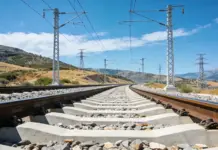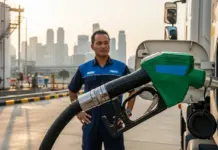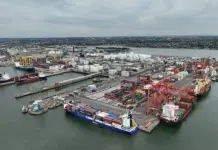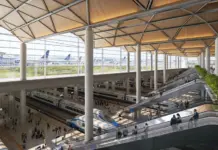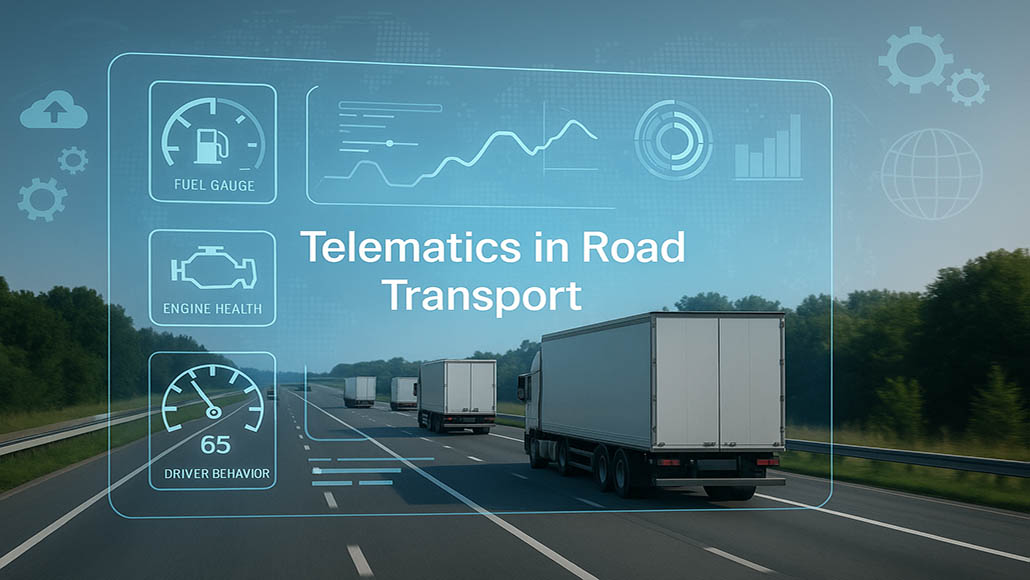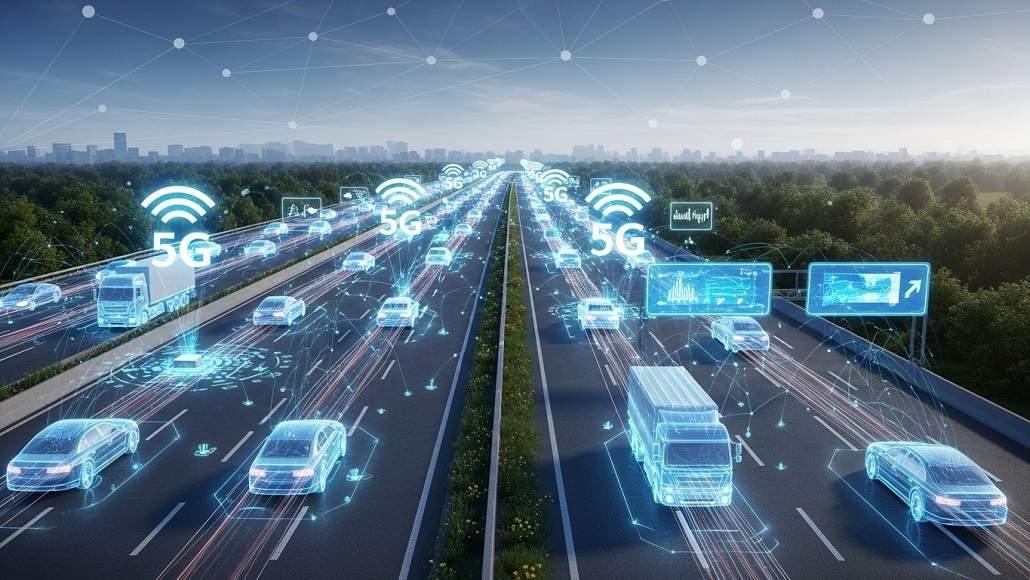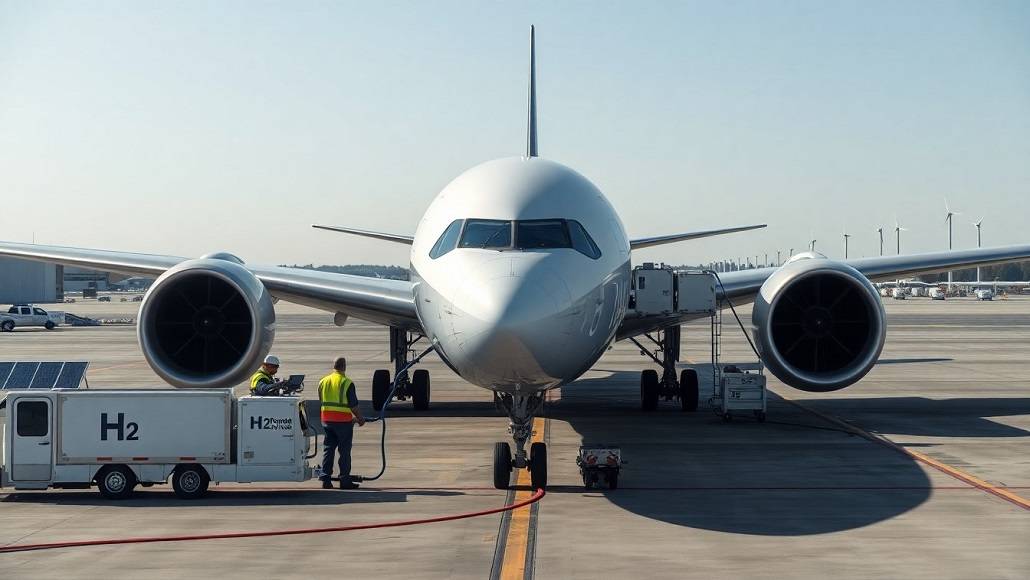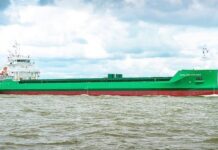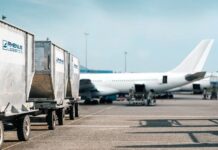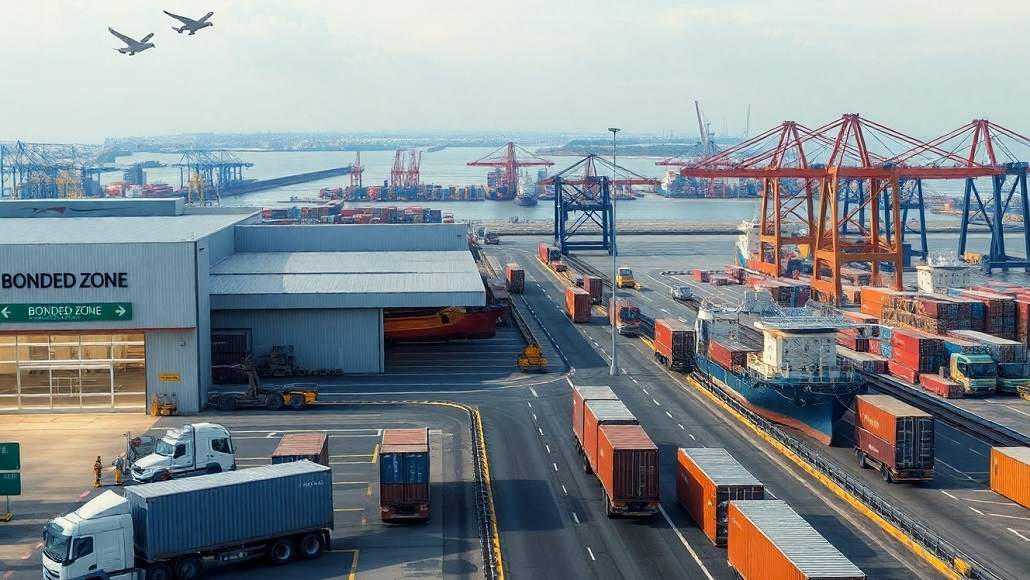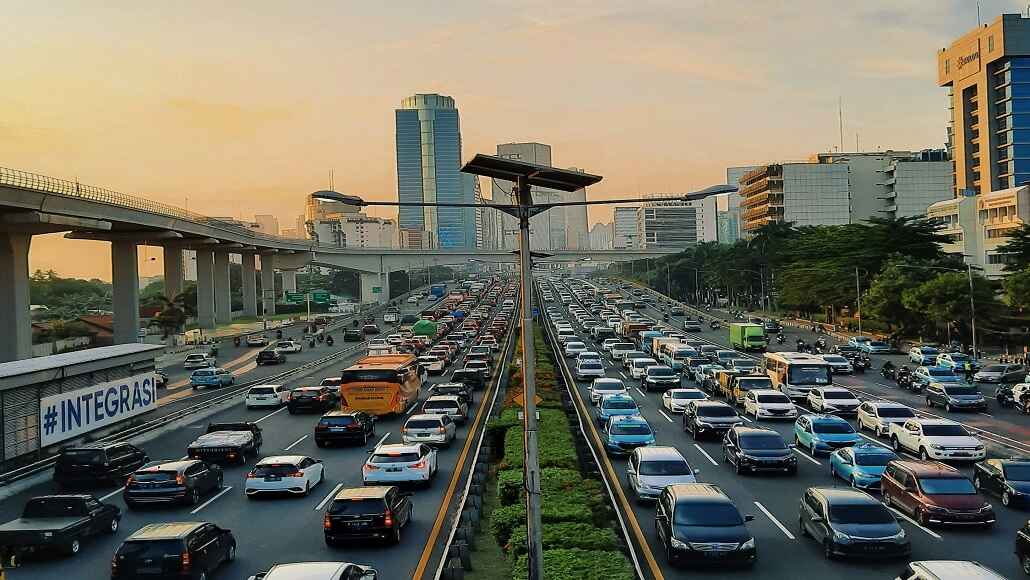One of the pillars of the global economy is the logistics sector. IoT solutions are assisting businesses in maintaining visibility and control over goods travelling across borders, continents, and seas while optimising their capital investments as supply chains become more complex.
In recent years, global logistics networks have faced previously unheard-of difficulties. Costly delays have been caused by ongoing geopolitical tensions and climate-related disruptions, and the shipping industry lost $10 billion due to the COVID-19 pandemic alone. Even though some delays are unavoidable, these interruptions have highlighted a serious flaw in conventional logistics: a lack of real-time visibility.
“Traditional tracking methods no longer align with the requirements of modern trade,” says David Weinberg, Head of Portfolio Management IoT Solutions, G+D. “Today’s interconnected supply chains demand granular, real-time tracking solutions. Businesses and consumers expect more transparency and insights with their goods in transit – and the technology is there to deliver it.”
The Issue of Visibility in International Supply Chains
Think about a well-known situation: A new kitchen appliance that you ordered is expected to arrive on Tuesday. Your order has left the warehouse, according to the retailer’s tracking page, but after that, you’re in the dark. Your order is marked as “out for delivery” on Tuesday, but there is no estimated time of arrival given. You can’t risk missing the delivery, so you’re stranded at home. At 5:30 PM, you finally get the regrettable message, “Delivery rescheduled for tomorrow due to unexpected delays.”
Customers, who increasingly demand accurate delivery times—sometimes within 24 hours of purchase—are frustrated by this antiquated checkpoint model.
At the industrial level, the repercussions are much more dire.
Let’s now consider a South American electric vehicle manufacturing facility that is awaiting essential parts from Europe. Although the shipment’s last scan indicates that it left a port in Europe, its current location is unknown. You only know that it’s in the Atlantic. Logistics and plant managers are forced to make crucial decisions based on conjecture in the absence of real-time tracking: Will the package reach its destination on schedule? What happens if it is stolen or disappears? Should the assembly line be stopped and employees reassigned? Do we need to notify downstream clients of potential delays?
The question of accountability is another. Determining who is responsible for a shipment that is delayed or, worse, disappears becomes more challenging because it relies on the last known location, which cannot be determined without precise tracking.
The production network and supply chain are disrupted as a result of all this uncertainty:
- Manufacturers suffer significant losses in productivity when assembly lines come to a complete stop.
- Retailers are irritated by delayed vehicle deliveries.
- Customers become dissatisfied, cancel orders, and leave the business for a rival.
- Brand reputation and loyalty suffer long-term damage as angry customers vent their frustrations on social media.
All of this leads to significant financial losses. Supply chain disruptions can cost companies anywhere from 6 to 10% of their yearly revenues, according to a report by the Economist Intelligence Unit. These losses could be considerably prevented by merely increasing visibility.
However, protecting the bottom line is not the sole factor to consider. 17% of greenhouse gas emissions worldwide are caused by transportation-related activities. Industry participants are facing mounting pressure to enhance environmental sustainability due to stricter emissions regulations and rising ESG expectations from investors and consumers. One of the reasons the industry is increasingly using smart logistics and IoT-powered real-time tracking solutions is the convergence of operational and environmental challenges.
Businesses that don’t optimise their logistics emissions will soon face compliance risks and declining margins due to tightening emissions regulations and rising ESG expectations from investors.
The Rationale Behind Real-Time Tracking
Berg Insight estimates that by 2073, there will be 20.3 million tracking devices on cargo-carrying shipments (such as freight vehicles, shipping containers, and trailers), up from 8.8 million in 2022. This is in line with the industry trend of investing in digital solutions, powered by IoT technologies, to address the visibility and security issues that plague traditional supply chains.
IoT offers unparalleled supply chain visibility by transmitting real-time data on far more than just the shipment’s current location through an increasingly interconnected network of sensors and devices. Additionally, incorporating AI provides additional insights that are advantageous to both the businesses shipping and transporting the goods as well as the recipients.
“IoT technology doesn’t just facilitate locating assets – it also provides insight on the security and environmental conditions of a shipment, helping logistics managers stay in the loop and make the right decisions,” explains Johannes Forster, Head of IoT Solutions, G+D Mobile Security. “This shift from reactive to proactive logistics also helps improvements in efficiency and sustainability downstream.”
The supply chain as a whole benefit from this technology. Business executives can use data-driven decision-making to optimise operations and investment choices, logistics managers can respond to disruptions more quickly, and customers can regain time thanks to more accurate delivery windows. Everyone benefits from it.
That’s before taking into account the potential environmental benefits of route optimisation. An average 15% reduction in fuel consumption is possible with smart fleet management solutions, which significantly lessens the industry’s global footprint.
IoT Simplification for Supply Chain Visibility
The perceived complexity and infrastructure costs of implementation have discouraged many organisations from implementing IoT tracking solutions, despite these obvious benefits. Thankfully, new developments are opening up real-time tracking to businesses of all kinds.
One such solution is the Smart Label, a cutting-edge, real-time tracking system that transforms any package into an intelligent Internet of Things gadget. These elegant yet affordable labels, which are a little bigger than a credit card, offer enterprise-level visibility without the hassles typically associated with IoT infrastructure.
A Smart Label employs a straightforward peel-and-apply method, in contrast to traditional IoT tracking solutions that call for substantial setup and technical know-how. It gives businesses and logistics managers complete visibility from dispatch to delivery by transmitting data on a shipment’s location, temperature, and tampering attempts as soon as it is applied.
However, more information isn’t always preferable. Managing such massive amounts of data can be daunting without the appropriate tools, particularly for large organisations that track thousands of shipments worldwide. Platforms like G+D’s Track-Fleet address this issue by providing logistics managers with real-time shipment oversight through a browser-based dashboard. With the help of the platform’s sophisticated analytics features, businesses can optimise routes, make informed decisions, and foresee expensive disruptions before they become more serious.
“The combination of a Smart Label and Track-Fleet eliminates the visibility gap in supply chains,” says Sharath Muddaiah, Head of Customer Success & Business Strategy for IoT solutions, G+D. “As global logistics become more complex, embracing real-time tracking solutions will be critical for maintaining competitiveness, while meeting efficiency goals.”
G+D, a world leader in IoT tracking solutions, collaborates with top logistics companies to create supply chains that are more robust and transparent. The end result is a global logistics network that is more dependable, sustainable, and efficient, which benefits everyone—from retailers and manufacturers to final customers and the environment.


